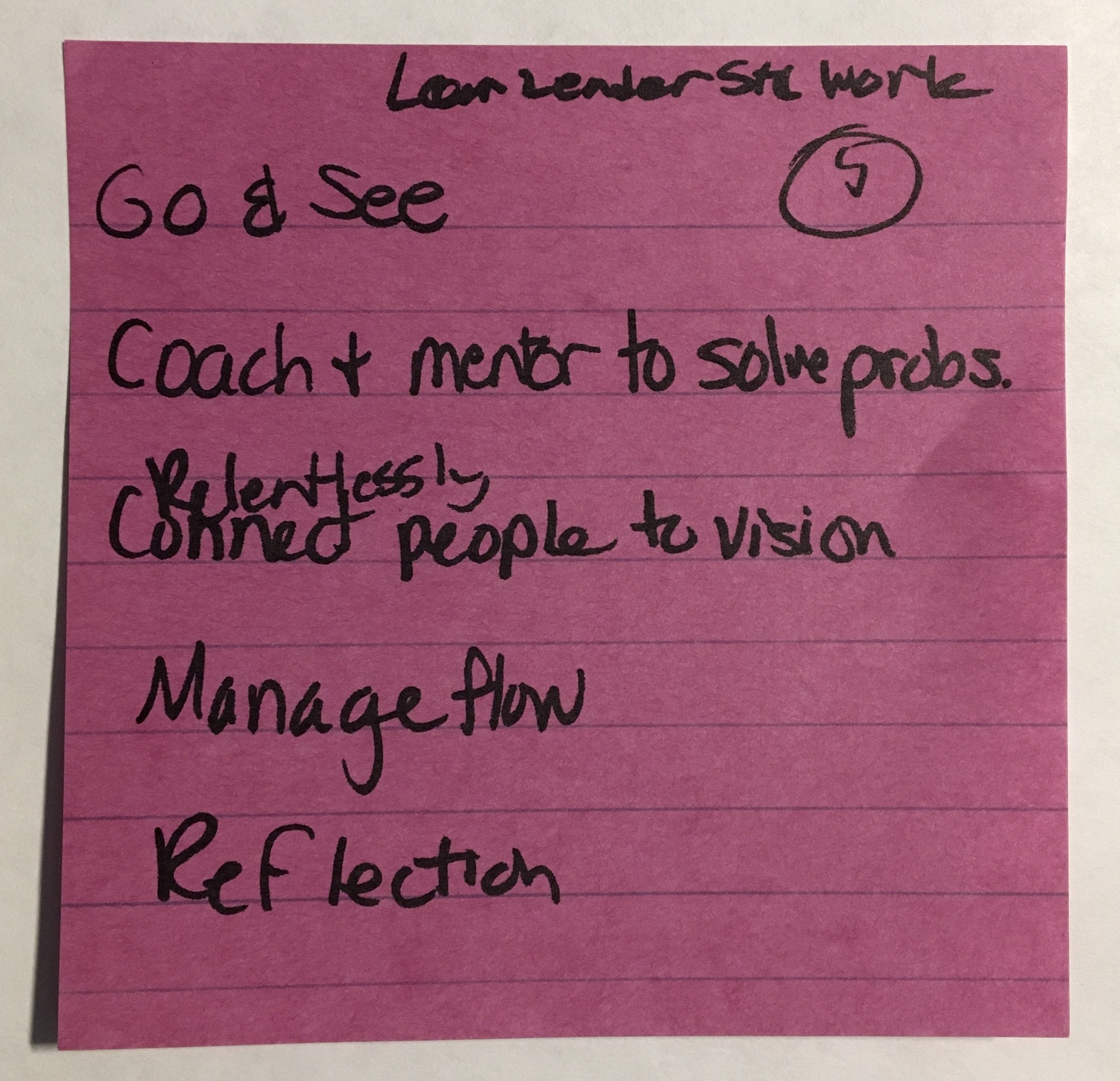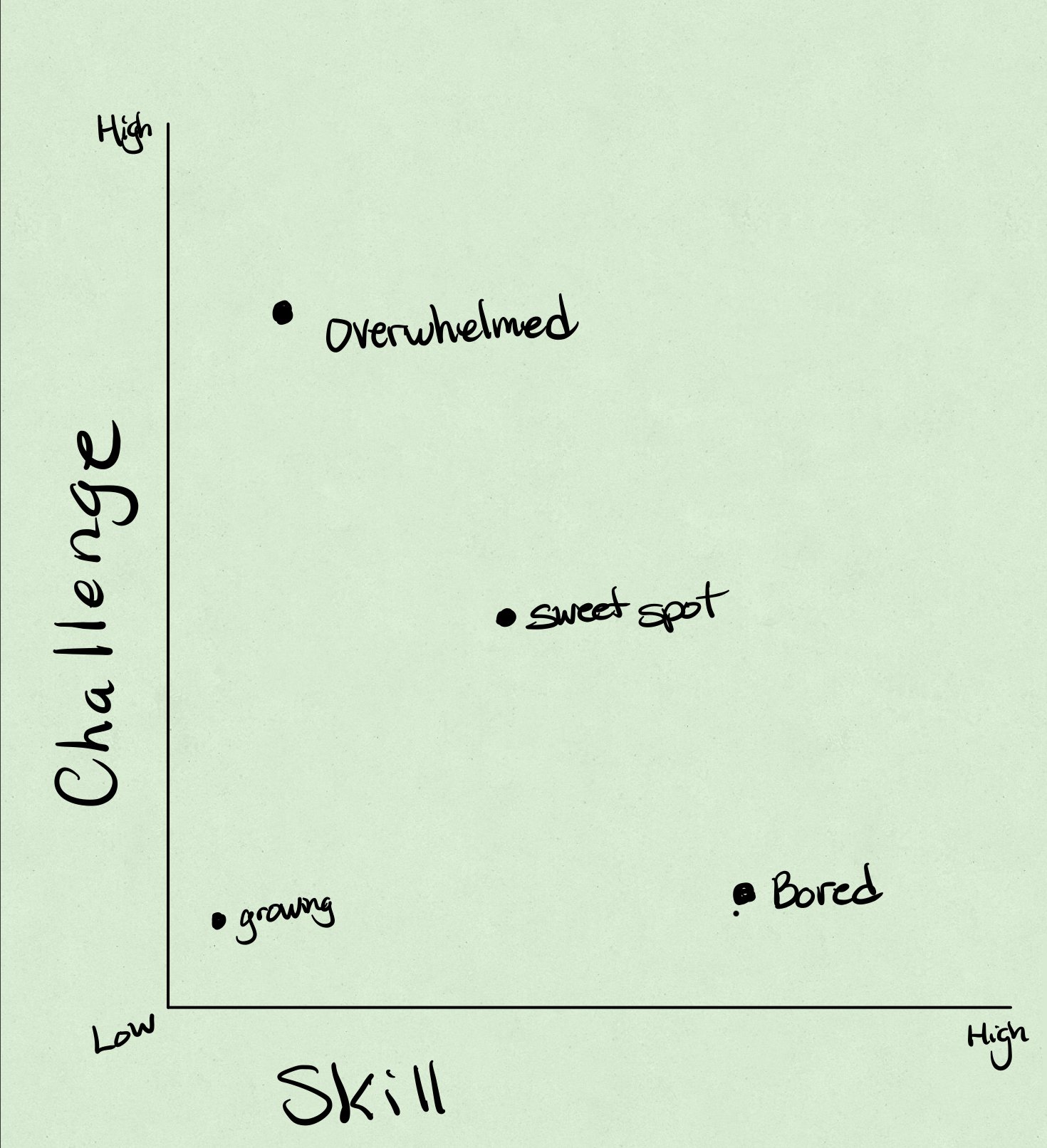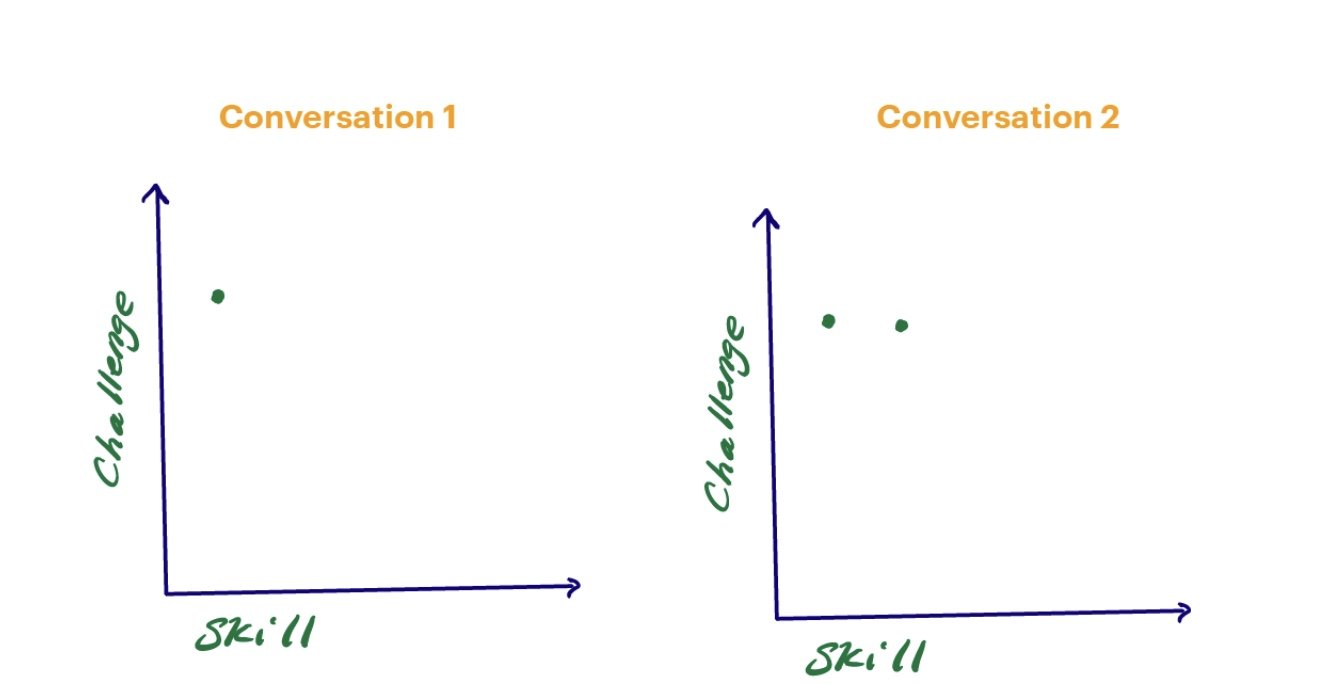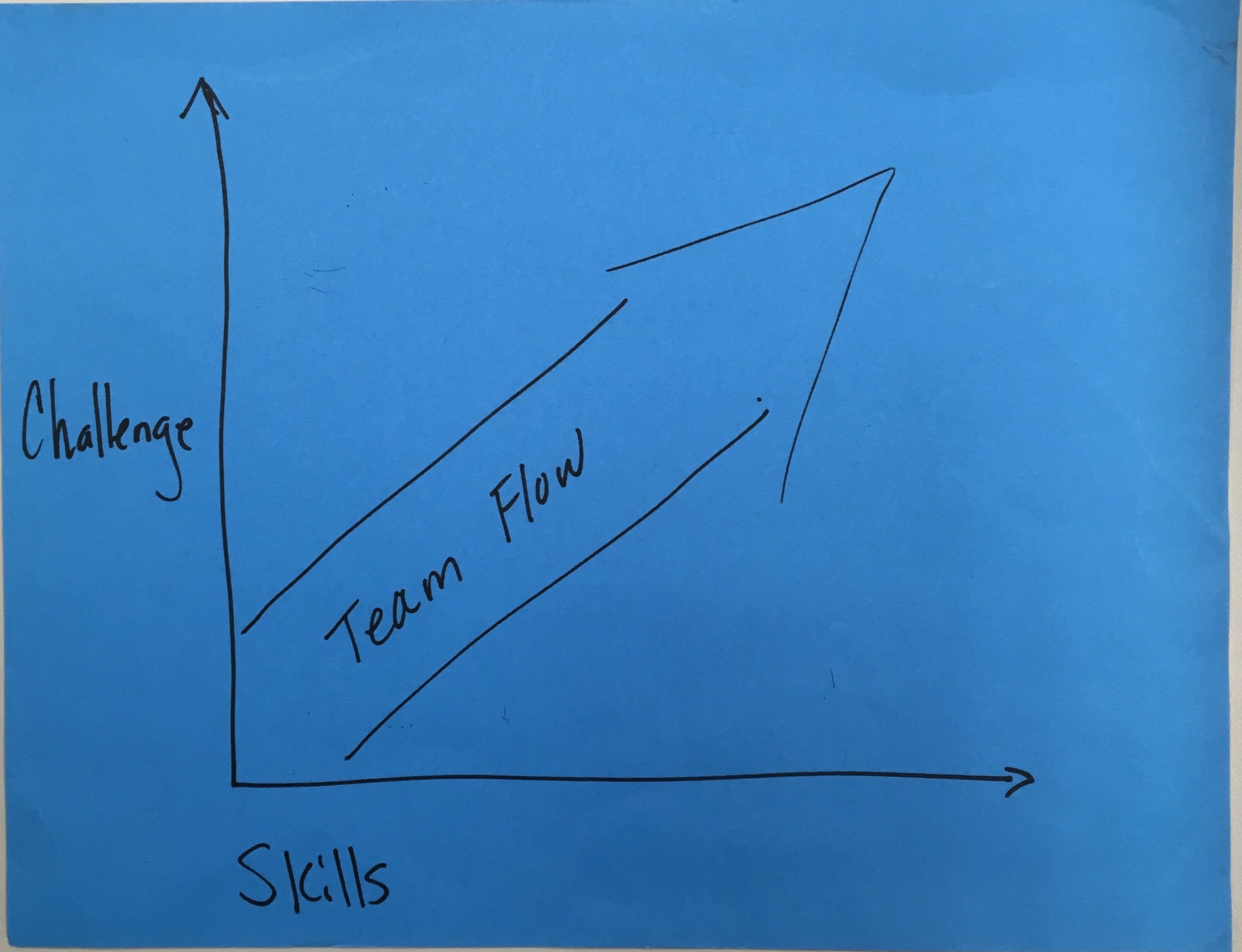The 1:1: A Tool to Keep it Light and Intentional
A leader’s 1:1 with a team member is different than a managers 1:1 with a team member. It is better, because it is more strategic and yet involves the art of an intentional conversation. Learn more about the difference between a leader and a manager in my recent blog, Leader Over Manager. It’s worth the three minute read to have a foundation for really absorbing the constructs in this blog.
Let’s qualify the 1:1 for this concept and tool: a meeting designed for management (hopefully a leader) to connect with the team member to understand any impediments to their work, new discoveries, and their well-being. It’s also a chance to provide and invite feedback.
This 1:1 is not a status meeting, and it’s not truly a career development meeting. The outcomes of this 1:1 can definitely assist in a career development, mentoring or career coaching meeting. I realize many employers want all of these things to be in a 1:1. If you are expected to do all of these things, I recommend a separate, focused meeting for actual career development.
Lean Leader Standard Work is Supported by the 1:1
Lean leader standard work is summarized in these five important activities. True leaders see these activities as a practice that is honed over time...to improve themselves and their teams.
The tool I share with you today describes personal flow, and over time, with context from 1:1s and other interactions, adds up to team flow. It’s not a new tool (a nod to a former leader at Microsoft), and it draws inspiration from Hungarian-American psychologist and author Mihaly Csikszentmihalyi’s work on personal flow. You can learn more about the Father of Flow and his book, Flow through a quick search. Definition: personal flow is a state of heightened focus and immersion in activities such as art, play, work. And, happiness, creativity and human fulfillment are outcomes of personal flow experiences. We want and need this, now more than ever. So, when a team member has a series of personal flow experiences, they and their entire team benefit from these outcomes. And, a leader cares about creating a work environment that has space for personal flow -> team flow. Also, to be very clear, the tool is for leadership, not for performance management purposes.
Details: the leader uses a simple graph in the 1:1 meeting repeatedly, to understand if flow is happening, without specifically asking the question. The idea is lightweight and intentional; it is not micromanagement. Don’t get fancy and try to complicate this elegant way to learn from your team members. Use a simple digital whiteboard or notebook if in person. The Y axis is the person’s current feeling of how they are being challenged. The X axis represents the amount of skill they are currently using for their work. Ideally, a team member wants to have a balance of challenge and skill, where personal flow is most likely to occur. Reality is often different; this tool is simple way to get to the heart of the matter.
In the first 1:1 meeting, the leader invites the team member to consider challenge and skill, and then place a dot on the graph. The first meeting, ask the team member to put a dot on the graph. For example, a dot high in challenge and low in skill, as noted in the image below, shows that the person is almost overwhelmed. They are very challenged and don’t feel they have enough skill for the work. This is a great lead into a conversation for the leader to curiously explore the current state. The meeting message is not, “Let’s get that dot moved!” Please, no. Instead, the leader uses Lean leader standard work to explore and offer assistance as needed. The timing is about 5 minutes on the graph, and the rest of the meeting is for context and exchanging ideas for continuous improvement.
Potential responses in the tool can indicate the current state for the team member. It’s a great place to begin a conversation and invite feedback.
It’s important to note that the leader and team member should not expect to improve every single time. The tool is only to find the current truth so that it can be discussed. The moment the dots are an expectation of performance, the tool loses effectiveness.
Example of two meetings using the tool: in the first meeting, the dot shows the person is overwhelmed (we do not know why or how, so you need to get context). In the second meeting, the person appears less overwhelmed, but still could be vulnerable.
In the second 1:1, and the following 1:1s, the leader and team member repeat the process. In the image above, you can see the second dot has moved to the right on the X axis; this indicates the team member perceives gaining skill while facing the same amount of challenge. Maybe there was a plan in that last 1:1, maybe some mentoring, training, pairing, mobbing…or the team member got more context on the work and has a better grip on how to go about it. Maybe a technical product briefing helped make work more clear for the team and this team member. Once again, the leader and team member spend about 5 minutes on the graph, and the rest of the time on context and continuous improvement. As you can see, the outputs from using the flow tool in this conversation could definitely support a mentoring, career coaching, or career development discussion.
Let’s take a look at the team level of this balance of challenge and skill.
Team flow is a combination of the team members’ individual perception of current challenge and skill level. Over time, with focused intent, a leader can help the team get into a flow state, where both are balanced.
Over time, and with intent, the leader and the team use this simple tool to strategically and incrementally improve their work. That is the hard part; consistency and commitment are needed by all parties. The outcomes are truly limitless. With a team slowly adjusting into the flow zone shown above, they will have incredible potential for innovation and improved well-being. This work definitely contributes to DevEx, which in 2023 has a newly released framework from the makers of SPACE.
Summary:
Practice using this tool once a month with each team member.
The team member puts the dot on the graph.
Spend 5 minutes or less putting the dot on the graph.
Spend zero minutes revisiting the dot from last time.
Spend the rest of the 1:1 gaining context on the current state, looking for ways to continuously improve, and exchange feedback.
The graph is not part of any other team member data or performance review. It is purely a conversation tool.
The leader practices reflection and considers how their work as a leader, and how each team member contributes to overall team flow.



